
JOURNAL
documenting
&
discovering joyful things
Sustainable travel
I’m sorry.
I’m going to apologise to you, first, but then also to the planet. Because the truth is that as much as I tried to be mindful and sustainable while we were travelling as a family last year, I failed more often than I succeeded, and I suspect I could have tried so much harder.
I realise this confession is not very helpful, especially if you happen to have opened this post in the hopes of finding tips for sustainable travel (perhaps we could brainstorm ideas together?). But I think confessions are an important. I fail all too often when it comes to taking care of the world we live in, and I think it’s important to own my failures, and to let myself feel the shame rather than sweep it under the carpet, so that I can do better next time.
Also, maybe if you sometimes feel that everyone else is a zero-waste champion, carrying around a year’s worth of waste in a single mason jar while you forgot to bring the reusable bags to the supermarket last week… my confession might help you feel a little bit better, and perhaps a little less alone. We have a better chance of success if we support one another.
(A bit of context: we were on holidays for one month. There were five of us, three adults and two children, making our way from Dinan in France to Scotland, via Paris and London, staying in Air BnB homes along the way. Our time in the village hadn’t been a brilliant success at sustainability (I shared some of our experiences and ideas here), but it turns out that life on the road can make things a lot more difficult.)
Things that did work well
First, the positives. There were some things I did that worked really well, making life easy and practical for us on the road while also going a small way towards minimising our footprint. They included:
We used public transport as much as possible. From the time we left Australia in August to our return at the New Year, we took trains and buses almost everywhere. We only hired a car for one week, in order to travel in the Scottish highlands, and only took a taxi on one late night in London, and two extremely early (one of them 4am) mornings
I packed three beeswax wraps of varying sizes when we left for our trip, and used them to cover just about anything. They were especially useful in Dinan, but also came in handy when, for example, we wanted to transport a half-eaten cucumber from one Air BnB home to another, without using plastic wrap or take-away plastic boxes
I had also packed a square, collapsible, insulated lunch bag. Again, back in Dinan this was great for carrying cold things home from the market, but it was also handy once we hit the road, not only carrying food from the shops but also storing it and taking it with us from one place to another, rather than throwing things away
I bought some tourist-style biscuit tins. I love to use tins at home for storage, but they were also very helpful while we were travelling, slotting and stacking neatly in my suitcase, and carrying everything from food to stationery supplies to first aid. (Clearly I had already eaten the biscuits. I did it for the planet)
I packed two heat-proof drink-bottles with me when we first left Australia. One was glass and I accidentally smashed it in a ceramic sink in our London B&B, but the other was wood with metal insulation, and is still going strong. I’d fill this with water before leaving from the day, so that we didn’t need to buy plastic bottles of water
I packed two tote bags for carrying groceries, and bought a couple more when I needed them. I also wore a back pack every day (this one), rather than carrying a handbag. It could expand to create a surprisingly big space, and I’ve carried full-sized blankets in it, bottles of milk and wine, stacks of books, and secretly-stashed Christmas presents. Mostly I was pretty good at bringing bags with me, even for things like Christmas shopping. I think we used three or four plastic bags in total in the month we travelled, and those I saved to use as garbage bags in our B&Bs
Things we really should have done better
I didn’t bring a reusable coffee cup. In France, this didn’t matter. I drank tea at home and coffee in cafes and, knowing this would be the case, I just didn’t add it to the luggage I was packing. But in London and Scotland, often my husband would go out early while I was getting the kids dressed, and bring back two coffees and the newspaper to read. It was so nice to have a ‘proper’ latte after all that time that my conscience grew weak.
Lesson: I should have said “no thanks.” Or waited until I could leave, too, and had the coffee in the cafe. I did sometimes, but mostly I didn’t, and I’m sorry.
I took a big bag of soap nuts with me when we first went to Dinan, and used them for several months. But then the ancient washing machine in our rented apartment tore apart the little muslin bag I used for them (as well as several items of my clothing). I didn’t know how to replace it, so I had to buy ordinary laundry powder to use on the road. I tried to find earth-friendly detergent but still ended up with a kind of contact-dermatitis on my legs and torso, which doesn’t bode well for the waters it drained into.
Lesson: I’m not sure. Learn how to sew my own little muslin bags? There’s no way I could have carried a month’s worth of clean clothes for five people travelling in winter. Can you help? What would you have done?
I used traditional Christmas wrapping paper, even though I knew it probably couldn’t be recycled. There was a lot of angst around this (for me) and in the end, I chose paper because a) by the time we arrived in Edinburgh, where we’d be for Christmas, we only had two days left to organise everything, b) I couldn’t find brown paper and didn’t have time to decorate it anyway, c) my husband doesn’t like furoshiki wraps because he thinks they don’t get used, and anyway I couldn’t afford to buy enough for all the presents, d) the children didn’t have Santa stockings or sacks, so I wanted to create some kind of ‘unwrapping’ experience for them, and e) we didn’t have a tree or much in the way of decorations, so the other adults travelling with me quite rightly felt a bit of festivity was in order.
I didn’t want to be the wowser in the group, and perhaps by this point was feeling a bit (or a lot) hypocritical about pushing the issue, given all the other slip-ups and outright failures we’d been making along the way. It’s hard to be vigilant about recyclable wrapping-paper while sipping coffee from your take-away cup.Lesson: In retrospect, the smartest thing would probably have been to bring two stockings or sacks for the kids, so that the Santa presents didn’t need wrapping, and then to use a combination of cloth, tea-towels, ribbons and other ideas for our presents to one another. Also, I’m going to teach myself how to properly use furoshiki wraps, so by next year, my husband might accede to their usefulness.
Food waste and recycling was tricky. I did manage to sort-of minimise our food waste, but we were limited in terms of recycling options, depending on the rules of each home we stayed in. I’ve written before about the challenges of not bringing things in, rather than figuring out what to do with the things on the way out, but I don’t think I was particularly good at this, especially once we hit the road.
Lesson: Really, there’s not a lot you can do in these situations, other than to be mindful of what you bring in, and I just needed to be more vigilant in that respect. It’s a lot harder to cook at home while on holidays, and can sometimes be counter-intuitive (the amount of ‘things’ we’d need to buy for just one meal in terms of food ingredients that wouldn’t get fully eaten, and all the jars, tins and plastic they come in, would possibly be more wasteful than a single take-away pizza box or plastic container), so I guess the answer is to think hard and creatively about what comes in, every time.
Air travel. This is the giant, white elephant in the room when it comes to sustainable travel. Here we are as ‘responsible’ human beings, travelling with our keep-cups and tote bags, while just to get where we want to go, we are participating in an industry that is responsible for more than 2 percent of the entire world’s carbon dioxide emissions by burning finite fossil fuels, emitting greenhouse gases, and leaving contrails in the atmosphere. In addition, airports and the related infrastructure (terminals, runways, ground transport, maintenance facilities and shopping) use up huge amounts of energy, water and resources.
Lesson: Clearly, the easy answer is not to travel by plane. But I am selfish and I do want to travel, at least sometimes. Australia is an island, so any international travel requires flying. It’s a start to participate in a carbon offset scheme (where trees are planted to ‘offset’ the fossil fuels your journey burns). I did this and don’t want to discount it, but to me that feels like a tiny drop in the ocean.
I have had another thought: I’ve read that the per-passenger-per-kilometre carbon emissions of air travel are roughly the same as travelling by car. So now, back home, I need to be even better at not taking our car, walking instead, or using public transport if necessary. (Although to get from Melbourne to Paris, and then to get home from Edinburgh to Melbourne, we flew 33,682 kilometres. Multiplied by the five of us, that’s 168,410 kilometres, so I have a lot of walking and tram-rides to do before I even break even from this one trip, environmentally-speaking. It’s not a perfect system).
What do you do? How do you combine air travel with your environmental conscience? What are your top tips for thoughtful, sustainable travel?
Just one thing: the inconvenience of saying no
Last year, I started writing intermittent blog posts about how I was trying to do “just one thing” to live in a more sustainable way, and take better care of our planet.
The idea of “just one thing” came about because the whole problem just seemed too big, and overwhelming, to navigate as a whole. Especially once I started to learn that recycling wasn’t the magic cure-all we had once believed it would be, and that the resources required to recycle our waste were enormous and (ironically) mostly-unsustainable.
So, rather than trying to fix everything at once, I tried doing one small thing at a time and, once that thing became habit, I started doing something else.
As time went by, I was proud to find that our previously-overflowing bin would go out each week with a lid that could actually close. I realise that’s not a big step for some people (in fact a full bin is worst-case, not best-case, for a lot of families), but it was a big achievement for us.
But one thing I’ve come to realise is just how much of what we buy comes in packaging that I then need to toss or recycle, so that bin does keep on filling up despite everything I’ve been doing. Right now, I’m just not in a place to be able to make all our own cosmetics and toiletries, for example, and store them in pretty glass jars, or repurpose our old tuna tins into bookends. But every time I buy these things, the packaging ends up in recycling or landfill.
You know the stuff I’m talking about: in the bathroom, we have toothpaste, deodorant, moisturisers, cleansers, shampoo, conditioner, body-wash, hand-soap, hand-cream, sunscreen, lip-salve, and all kinds of other rubs and scrubs. If you come with me into the office, there are glue-sticks and plastic pens and boxes of staples and bulldog-clips, all my paint tubes, plastic document-sleeves, printer ink cartridges, and on it goes. Under the kitchen sink, I do use bicarbonate of soda and vinegar for a lot of my cleaning, but you’ll still find washing up detergent, washing up gloves, and an enormous array of chemicals in liquid form that do all kinds of damaging things to our planet, stored in plastic containers.
It’s heartbreaking!
I think that our extended stay in France has really hammered home to me the extent of our household waste. First of all, because when we first arrived here, I had to buy just about everything from scratch. Cleaning supplies, hygiene supplies, and all those pantry-staples like oil and flour and rice… I had to buy all of them, and they all came in packaging. Secondly, we don’t have any compost in this apartment, and the only recycling is glass. So every day I can actually see all that cardboard and plastic I’m using. I still separate it out - old habits die hard - but then it all goes into the one big bin outside.
But by separating out the cardboard and plastic, and then throwing it all into landfill, I have been inadvertently sending myself a powerful message. I can actually see all of these things I am bringing into my home. Back in Australia, I toss them straight into the recycling, and they are much more easily forgotten.
And this brings me to my “just one thing” for today: saying no, even when it is inconvenient.
I don't really have the answer, just yet, and if you have any experience of this, I’d love your help! But I guess what I want to talk about today is being mindful not only of what we do with our waste once it becomes waste, but of what we bring into the house in the first place.
For example:
Could I buy less food, so we don’t throw out as much? (Could we get better, as a family, at eating leftovers even if we don’t feel like eating that again today?)
Could I buy more in bulk so that even if the container is plastic, it’s only one instead of five?
Could I do without some things from the supermarket, and wait until market day so that I can pick them up without packaging?
Earlier this year our family supported this successful crowd-funding initiative for reusable, glass bottles for our milk so, when we return to Australia, I’ll need to get good at picking up and returning our bottles from specific places
Could I get better and bringing my own containers to the butcher and tell them not to put my meat in any plastic or wax paper?
Could I bring my containers to the green-grocer and give them back the plastic containers for cherry-tomatoes and berries? Or if they can’t take back the containers, could I suck it up and just not buy cherry tomatoes or berries until I can get them from the market?
Could I bring my empty egg-containers back to the green-grocers, just as I do at the markets?
Confession: when I started writing this blog post this morning, I was thinking, “this one thing is too hard. I don’t have any good answers.” But as I’ve listed the ideas and questions above, I realise I was simply feeling overwhelmed. I know my ideas won’t solve everything, but surely they are better than doing nothing! All I need to do is be willing to accept a tiny bit of inconvenience in order to keep making the changes I so badly want.
I’d really love to hear what you do - I’m sure there are loads of things I haven’t considered!
Some other ideas
In the meantime, following are some of the other actions I have gradually been taking during the past few years to help reduce my footprint on this planet.
I share this list here in case it inspires you, or gives you ideas, but I do want to add in the caveat that I am doing these things one thing at a time, not always successfully and often with stops, starts and backslides. If you are new to the journey of sustainable living and this all seems overwhelming, I hear you! I encourage you to be kind to yourself, and to consider trying just one thing, either from this list or something else. (I’ve included a “how it helps” hint at each of the steps I’m sharing below, so you can see how even one little change in our lifestyles can make a big difference.)
On the other hand, maybe you are way ahead and have loads of other great ideas for how we can do “just one thing” to care for this planet a more mindful way. I’d really love to hear what you are doing, in the comments so everyone reading can benefit from what you’ve learned.
We each have to walk our own paths according to our own beliefs, budgets, family circumstances, family pushback to making changes (!), available time… so I guess I just want to say that there is zero judgement here (and honestly, very limited success on my part), and all I hope is that this list will kick-start ideas or conversations. OK, here’s where I’m at so far:
Taking my own carry-bags shopping, instead of accepting plastic bags. At first I forgot a lot, but now it’s habit. (How it makes a difference: if everyone in Australia refused just ONE plastic bag at the supermarket, there would be 24.6 million less plastic bags that go into landfill)
Seeking composting solutions that work even though we only have a tiny garden. So far I’ve really liked this composting cannon, but I’m considering upgrading to something that will accept more of our organic household waste. (How it helps: I am guilty of previously thinking, “Oh, but food waste breaks down, so it’s fine.” Turns out, food waste creates methane gas, which is 25 times more damaging to the environment than carbon dioxide. If everyone in Australia composted only 10 percent of their uneaten food, we’d be keeping 330,000 tonnes of rotting, gas-producing waste out of landfill)
Using reusable cups for my take-away coffee (or in France, only drinking coffee at cafes). I have an assortment of reusable cups at home: the classic reinforced glass cup, one that’s a thermos inside so my coffee stays hot for longer, and a beautiful stoneware mug with a removable lid. (How it makes a difference: reduces landfill and resource-waste. Despite ‘feeling’ like cardboard, more than 99 percent of disposable coffee cups are not recycled because of the plastic lining that makes them heat- and moisture-proof)
Replacing my use of soft plastic, like cling-wrap, with reusable beeswax wraps. I use them to cover bowls in the ‘fridge, keep cheese fresh, wrap up sandwiches for picnics and lunch boxes… they are great for practically anything, as long as you don’t use them with meat (because they can only be wiped down to clean) or anything hot (because beeswax melts!). (How it makes a difference: cling-film goes into landfill and recently I read that more than 1.2 billion metres of cling film was being used by households in Britain alone, every year, enough to circumnavigate the entire planet 30 times over)
Stop buying bottles of sparkling water. We did buy a soda-stream instead, but basically we have taught ourselves to drink still tap-water at home. (Groundbreaking, I know. What ridiculously privileged lives we lead!) I also carry a lovely, reusable drink bottle with me when I’m out and about, so I never have to buy bottled water for myself or the kids. (How it helps: every minute, one million single-use plastic bottles are purchased around the world. There are more than five billion adults on our planet - if only 1 percent of us said no to one plastic bottle each, there would be 50 million less of them polluting our planet)
Using stainless-steel, reusable straws at home, and refusing straws when out and about in pubs or cafes. (How it makes a difference: every year in Australia, we use and throw away 540 million straws in our pubs, more than 310 million straws in McDonald’s restaurants, and countless more in other cafes, restaurants, food courts, cinemas, sporting grounds, schools, hospitals, parties and homes. Straws are so small they slip through recycling, and end up in landfill or polluting our waterways, causing the kind of suffering to wildlife that made this heartbreaking video go viral)
Reducing the amount of plastic containers I use in the home. Bit by bit (because replacing plastic is expensive!) I have been swapping our plastic kids’ plates, party plates and picnic-ware for enamelware, and collecting food containers made from reinforced glass. As a more affordable solution, I’m also very partial to storing up old biscuit tins to hold everything from home-made cakes to pasta and first aid supplies. (How it makes a difference: businesses buy what we demand. If we stop buying plastic, companies will stop making it)
Replacing our laundry detergent with soap nuts (I wrote about that change here). (How it helps: most conventional laundry detergents contain chemicals like sulphites, phenols and fragrances, which all end up in our waterways and next to our bodies. They also come in plastic or cardboard containers, which either go into landfill or have to be recycled,further taxing resources)
UPDATE: If you are seeking extra inspiration, just after posting this I discovered that my lovely online friend and a food writer I deeply admire, Sally Prosser, had also written this useful post on 10 ways to use less plastic.
Composting for tiny gardens (even courtyards & balconies)
Hello! This is my city garden! It is the size of a single car-space, because until two years ago, it was a single parking space. We gave up having a guaranteed place to park our car in favour of creating a green room in which to relax, ponder and play, and it was the best decision we made in our entire home. The photograph above was taken last week, while I was cleaning up after a garden party during which we had had 40 guests over for afternoon tea. It was a warm day, and there were not one but three compost receptacles decomposing away in this very small garden. But nobody could see them, and nobody could smell them. Hurrah!
How did we do that?
In my ongoing quest to reduce waste in our home, and lessen our impact on the planet, it has particularly irked me that we didn't have a composting system. Even after we built the garden, I continued scraping mountains of food-scraps into the bin every day.
Essentially, space was the problem. Even the smallest of compost bins were quite big in relation to our garden. They'd create a giant, plastic eyesore, taking up precious growing-space. And, more to the point, occasionally smelling bad. (I know, I know, properly managed composts don't smell. Much. But if your garden is so small that you can all but touch both sides of it when stretching out your arms, that puts you in very close proximity to the compost no matter where you go. I live in Australia, friends. Things get hot in the summer. Pile as much dry matter and mulch as you like into that bin, the stench of slowly rotting watermelon rinds and browning banana peels will find a way to cut through, as do the sandflies. It's gross.)
Day after day I kept scraping rinds and pulps into the rubbish bin, wishing I could scrape the guilt of my wasteful habit away with them. And to add insult to injury, I was paying good money to buy compost for the the garden in spring-time! I did my best to keep the waste low, by planning better, shopping smarter, and being more creative with my cooking. Thanks to the magic of the Instagram community, for example, I now have a host of delicious ways to use the green parts of leeks in my cooking. Recently I've learned how to dye fabric using avocado seeds and skins. But still, the rubbish bin is full of compostable matter every week.
Or I should say, was full. Enter the composting cannon.
Fair warning: I am about to wax lyrical about this product. I'm not being paid, sponsored or in any other way encouraged to say this stuff. These links are not affiliate links, and these makers don't know I'm writing this blog at all. I'm just thrilled to finally have found a solution to my organic waste problem.
(BTW in case the composting cannon doesn't appeal to you, I've also provided a bit of a product round-up of some other fantastic composters for small spaces, as well as beginners tips on composting, at the end of this blog post.)
I discovered this little Australian invention at the CERES Community Environment Park, but you can also buy it online here. It is such a simple idea. You simply bury the cardboard cylinder in your garden (or in a planter box or big pot). Empty your food scraps into the cylinder, add a bit of mulch or shredded paper for dry matter, and push it down with the plunger provided. There's a mesh lid that keeps vermin away, holes in the side for worms to make their way through, and the whole thing breaks down over many months, delivering compost direct to your garden!
When I first took mine home, I couldn't quite figure out how it worked (it was just too simple - surely I was missing something!). So I've created a kind of mini tutorial for you in case you want to try it yourself.
How to use the Composting Cannon in a tiny garden
Step 1: Take the cannon out of the box, stare at it a while, and scratch your head. It will look like the picture above. There will be three cylinders, all with holes in them, each one fitting inside the other (like matryoshka dolls). Wire lids sit on both ends. Finally figure out that you have actually bought three "cannons" for the price of one, and feel very silly for not realising this in the first place. Separate them out. The wire lids are sized to fit the different width cylinders.
Step 2: Find somewhere in your garden where you can dig a hole about 12 centimetres wide, and 30 centimetres deep. If you're using pot plants, as long as the pot is at least 30 centimetres deep, you can use that just as easily. (The only challenge will be if your pot is too shallow - you don't want part of your composting cannon sticking out the top, looking ugly). Bury the cannon, leaving just enough of the rim sticking out of the top so that you can fit the wire lid over the top.
Step 3: It's ready to use! Tip any plant-based food scraps you like into the cylinder (some tips: citrus, onions, dairy and vegetable-fat products will slow down the composting process so should be minimised; and meat and animal fats should be kept out altogether because they attract rats - and smell really bad. There's a more extensive guide to what should and shouldn't go into a compost in the download at the end of this post). Now add a handful of mulch, dry leaves or even shredded paper on top. Use the plunger (it comes with the kit) to push everything down, then put the lid back on. Repeat this every time you have more food scraps, and that's it.
There is literally no maintenance - the worms do all the work for you, not only breaking down the scraps and creating the compost, but then carrying that compost through your garden or planter box, delivering it directly to the roots of your plants.
According to the website, each of these cylinders will compost more than 20 kilograms of organic waste during a four-month period. So with three, that's more than 60 kilograms transformed from stinking landfill into beautiful, nutrient-rich compost for the garden.
This is a really unobtrusive composting system. My three, when I'm not topping them up, look like the picture below. Actually they look even less obtrusive, because wind and birds cover them each day with the mulch, which I had to move aside to take this photograph.
The contents of your cylinders (and the cylinders themselves) will start to decompose after about four months. It takes even longer than that for them to start to be unusable, after which you can replace them (they are not expensive to buy, especially when you consider how long they last) and start all over again, adding more nutrient-rich compost to other areas of your garden or potted balcony.
One last thought: I do think you need to be somewhat realistic about just how much food waste you can fit into these little babies. We are a hungry family of four and, thanks to 50 percent of our family being pre-school aged, a lot of food gets dropped, tossed, played with or otherwise rejected (especially the vegetables!) so we tend to generate a lot of waste. On some days, when (for example) we've eaten through four bananas, made freshly-squeezed orange juice for the whole family, had a few slices of watermelon, and made a vegetable stir-fry for dinner, we can fill an entire cannon in one hit. If I've filled all three in quick succession, I do sometimes have to wait a few days and go back to putting the food scraps in the bin, until the food breaks down a little. So that's not ideal, but it is still a LOT better than our previous habits, and a great result for a tiny, inner-city garden.
Clever composting solutions for tiny gardens
Here's a quick round-up of some innovative composting solutions I've discovered online that appear to be great for reducing organic waste and creating garden nutrients when you only have a small space in which to work. (Remember I've only tried the Composting Cannon. I think I'll try the Bokashi next, and the two systems can supplement one another).
* Tumbleweed Compost Tumbler: a barrel on a stand than can be spun every couple of days to aerate the compost without needing to dig or turn
* Bokashi scrap fermenting: a system that is used to actually ferment kitchen waste (including meat and fish) by using micro-organisms to break down scraps, without creating bad smells
* Hungry Bin: a continuous-flow worm farm, on wheels so you can move it around your garden or balcony
What do you think? I'd love to know your ideas or experiences on composting or otherwise reducing and reusing food waste in small spaces. And in the meantime if you're keen to get started but this is all new to you, I've created a handy, guide below with some basic tips on composting for beginners (including what to include and what not to include in a healthy compost), whatever system you decide to use.
Checking in: quitting Facebook, one year on
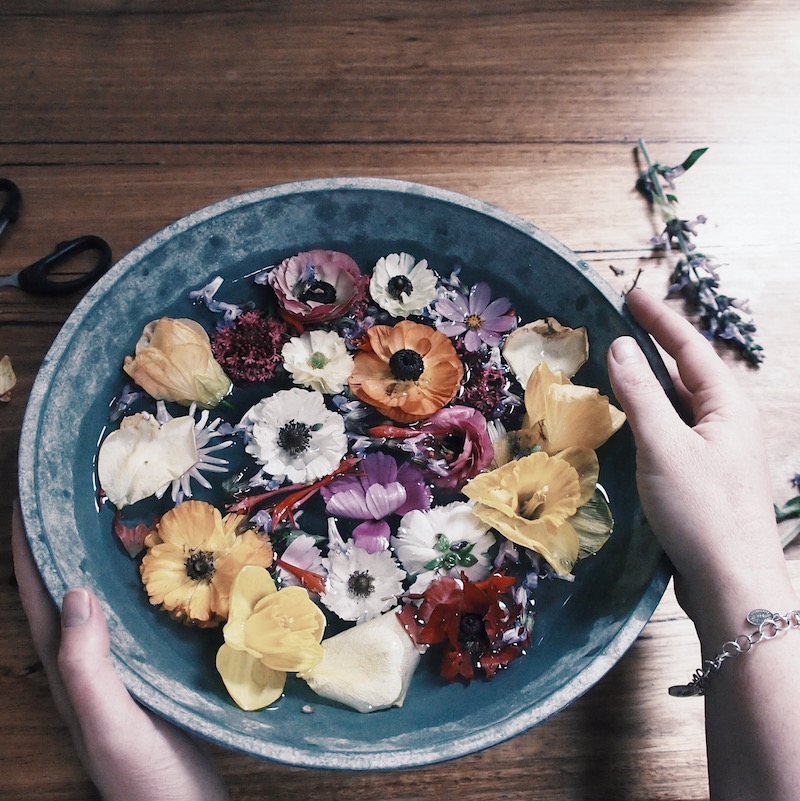 Nope, still not missing it. In case you were wondering.
Nope, still not missing it. In case you were wondering.
If you're new around here, here are my reasons for quitting Facebook (and Twitter, and LinkedIn), and here are some lessons I learned a month in.
One thing I feared I'd miss on leaving Facebook was the occasional clever content. Events, ideas and happenings that people posted online, that I wanted in my world.
But thankfully, friendships can exist outside of social media. Who knew!?
Back in my Facebook days, if a friend saw something that they thought I'd like, they'd tag me in the comments to let me know. "@naomibulger," they'd type, and then move on.
These days, my friends write me letters, they send me texts, they send emails. They write, "Hi how are you? I saw this on FB and thought of you. Let's catch up soon!"
And I write back. "Oh wow that's interesting, thanks for thinking of me. I'm well, how are you guys? Coffee next week?"
It's so much more personal. Quality over quantity, that old chestnut. I feel so much more connected without Facebook than I ever did with it.
And better still: my friends know me and care about me, so the stories they share are actually stories that I want to read. Stories about extraordinary kindnesses, inspiring creativity, and new snail-mail projects.
Not once has anybody written to me, "Hi how are you? This grandmother looks 20 years younger, without surgery!" Or, "Hi how are you? I saw this article about Brangelina's divorce and thought of you." Or, "Hi how are you? They told this woman she couldn't breastfeed in public and you'll never believe what she did next!"
Turns out, my friends know me even better than a piece of software. Who knew?
Keep on making bread, my friends. Keep on writing letters, brewing tea, tending plants. You don't have to quit Facebook, but do make time in your life for slow things, for tactile things, for real things. Fresh air. They will feel like fresh air.
10 "slow living" unsung heroes of Instagram
 Are you on Instagram? That's me above. I'm @naomibulger if you'd like to drop by and say hi.
Are you on Instagram? That's me above. I'm @naomibulger if you'd like to drop by and say hi.
Who do you like to follow on Instagram? I love to fill my feed with people who inspire me and, these days, more often than not, people who inspire me are people who I like to call "slow-living heroes."
Creative folk, gentle folk, mindful folk. You know the sorts of folks I'm talking about! They are makers and bakers; gardeners and gatherers; weavers, wordsmiths and wanderers; snail-mailers, and spreaders-of-kindness.
Here are 10 of my favourite slow-living Instragrammers, each of them "unsung heroes," because they have relatively small accounts, of 1000 followers or less.
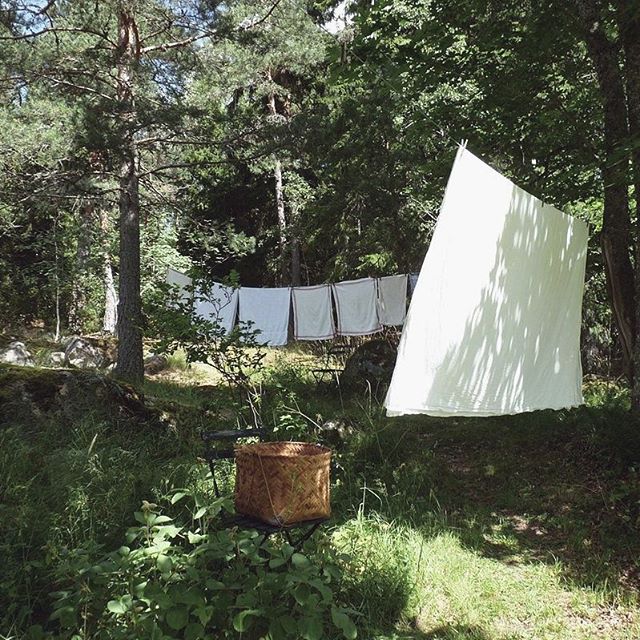 ⇑⇑ @lomoens
⇑⇑ @lomoens
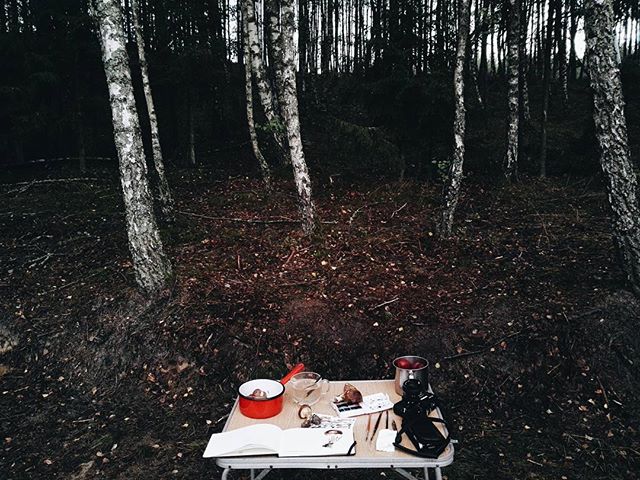 ⇑⇑ @anianycz
⇑⇑ @anianycz
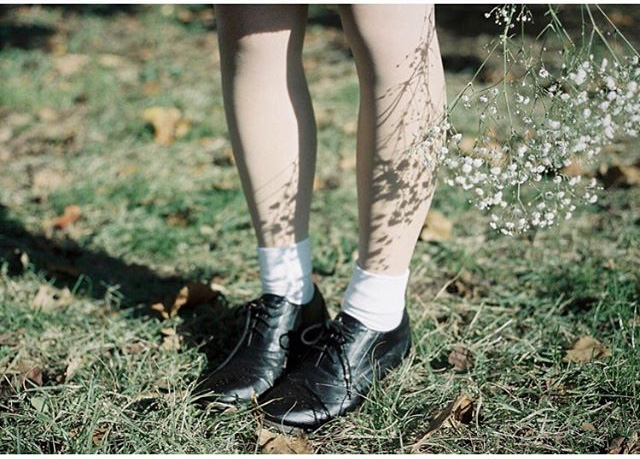 ⇑⇑ @lullaby0720
⇑⇑ @lullaby0720
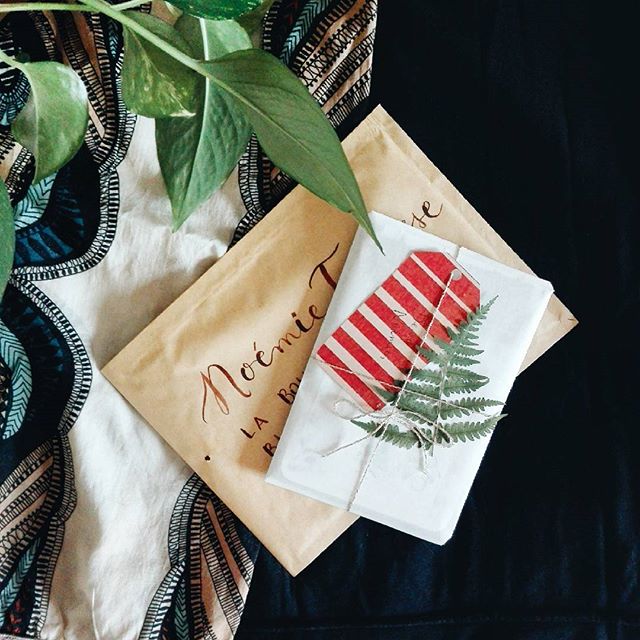 ⇑⇑ @sovica4
⇑⇑ @sovica4
 ⇑⇑ @bsvitlana
⇑⇑ @bsvitlana
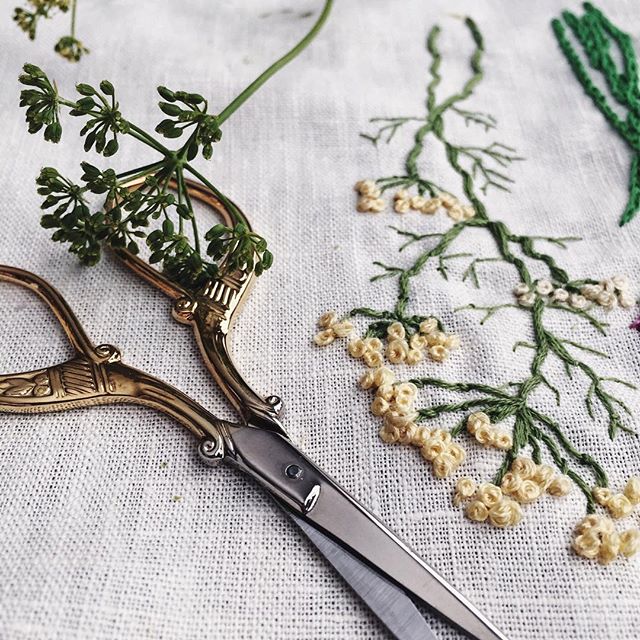 ⇑⇑ @oandystudio
⇑⇑ @oandystudio
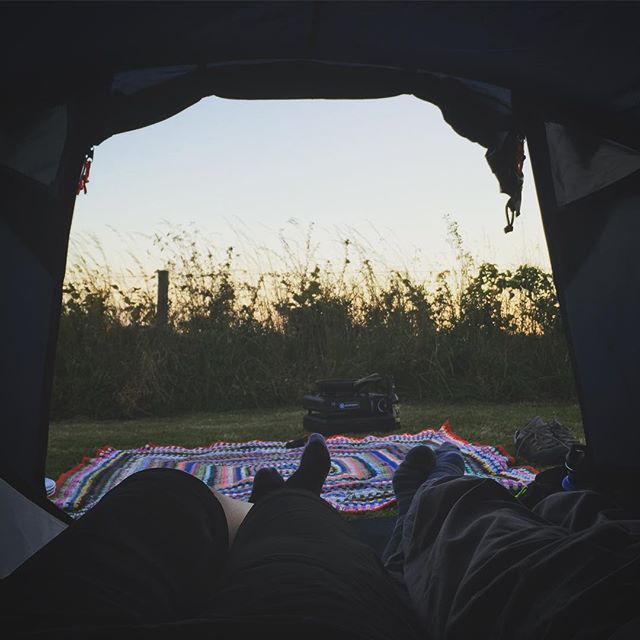 ⇑⇑ @gemmagarner
⇑⇑ @gemmagarner
Who else should I be following? Link me up!





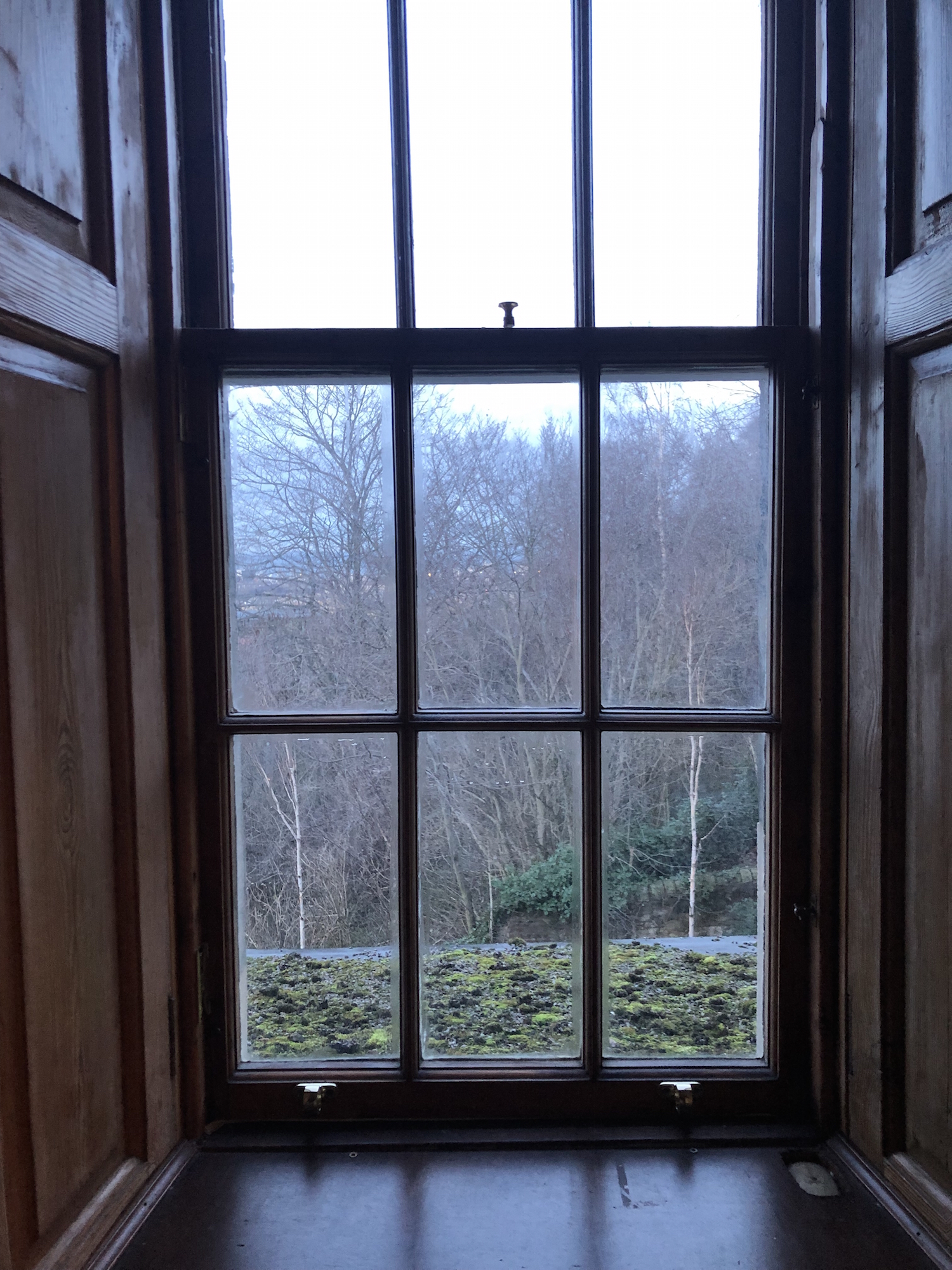








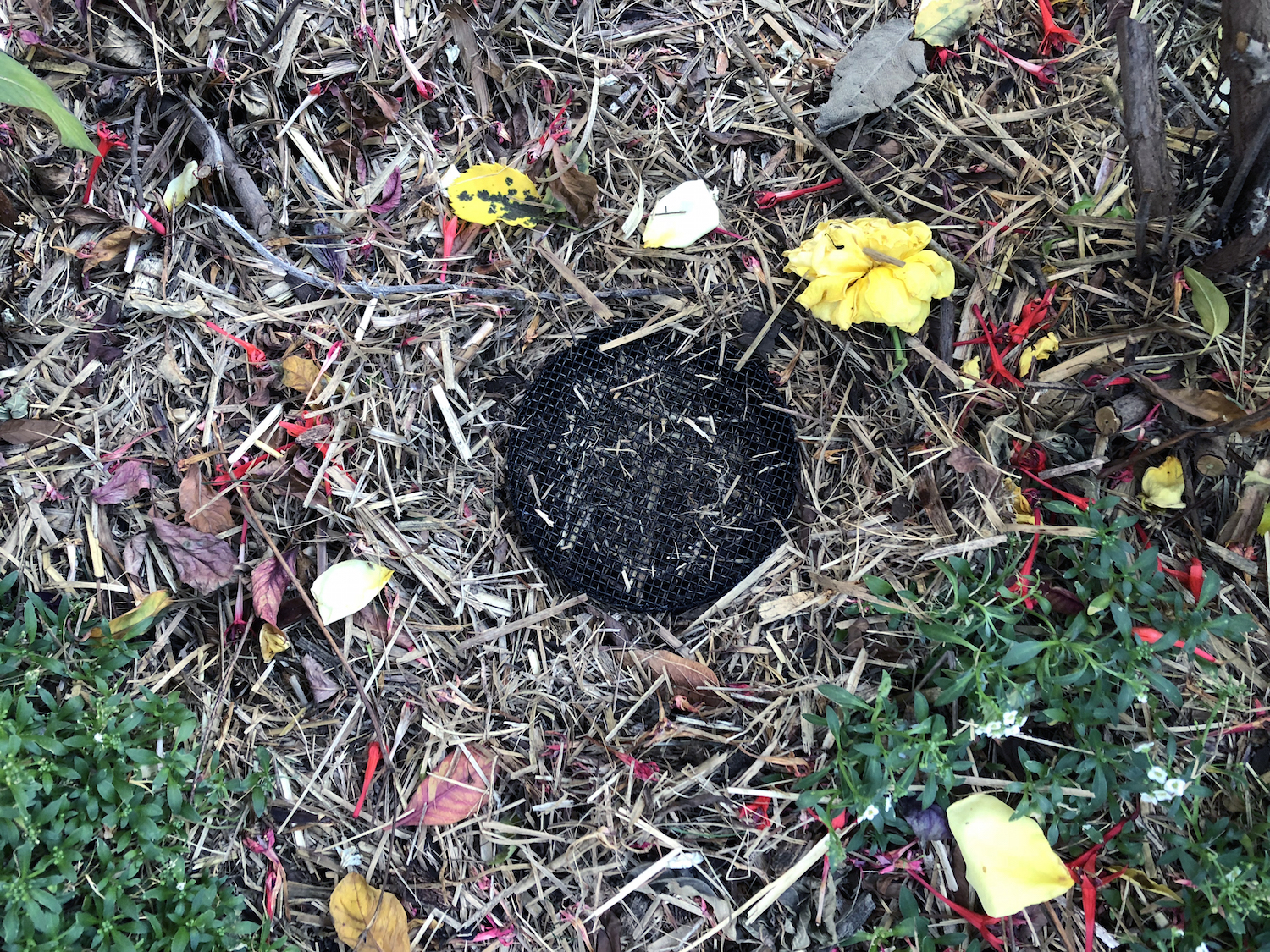

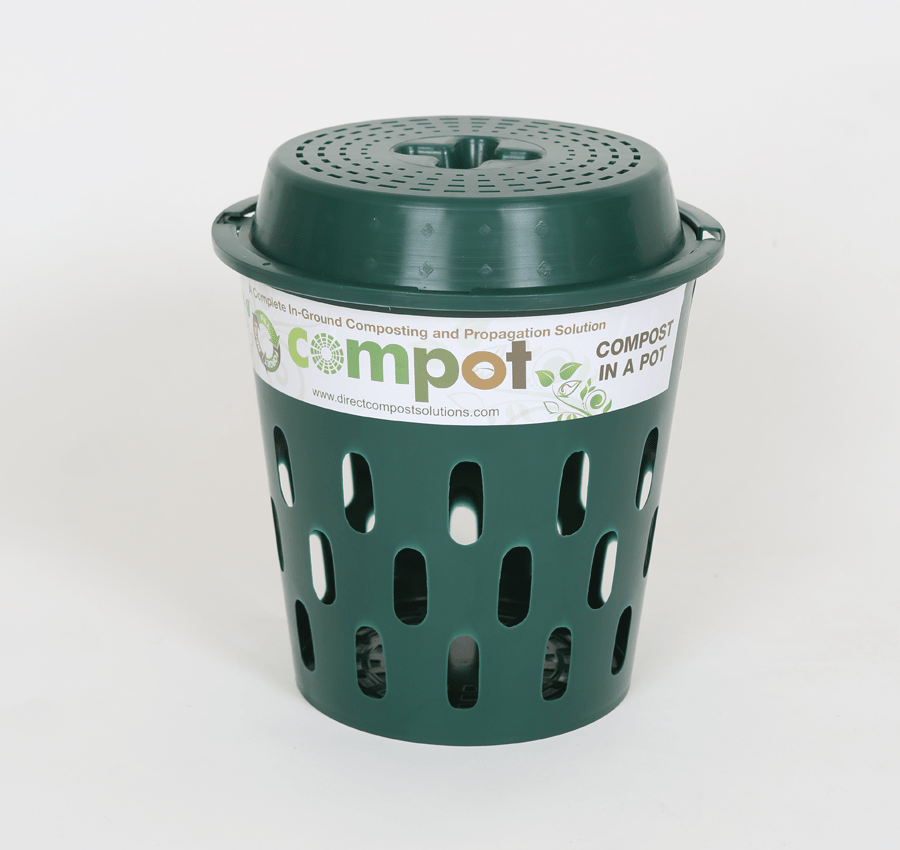
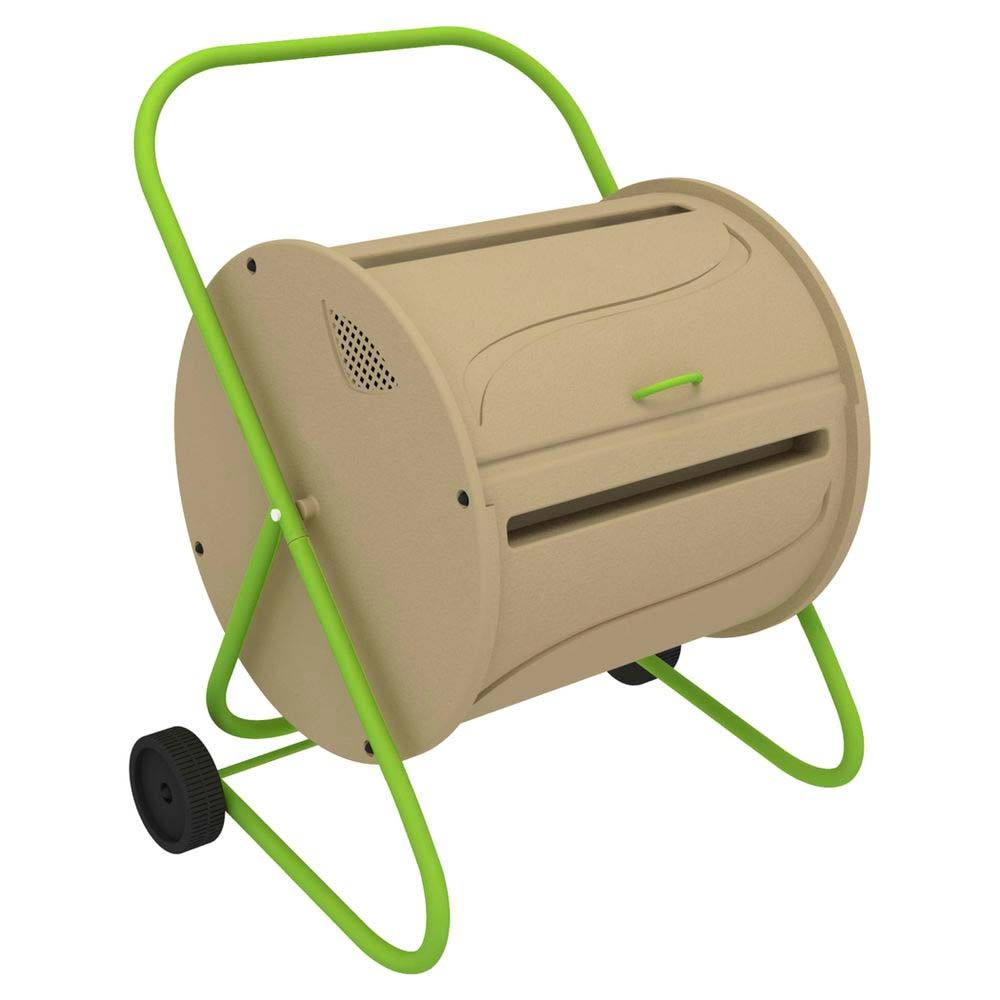


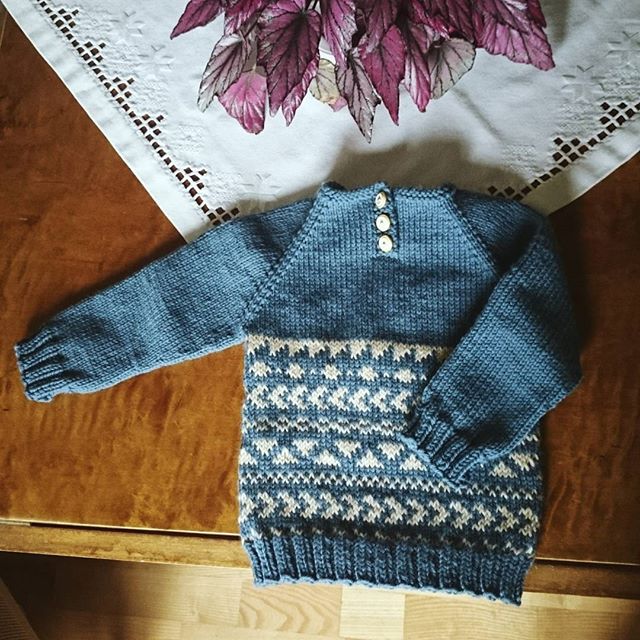 ⇑⇑
⇑⇑ 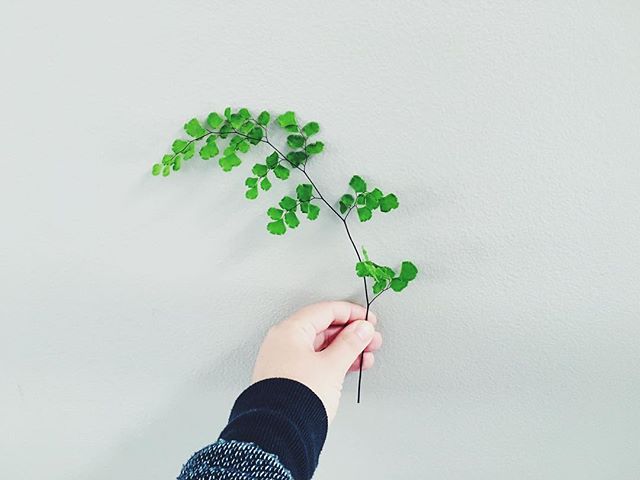 ⇑⇑
⇑⇑ 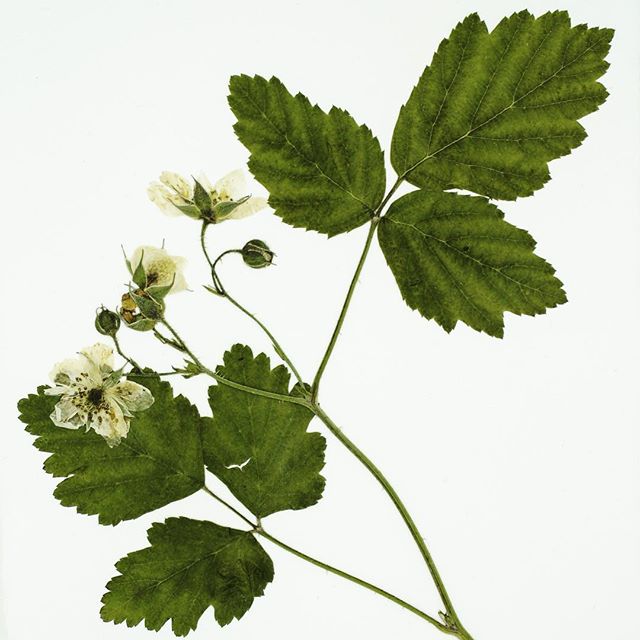 ⇑⇑
⇑⇑